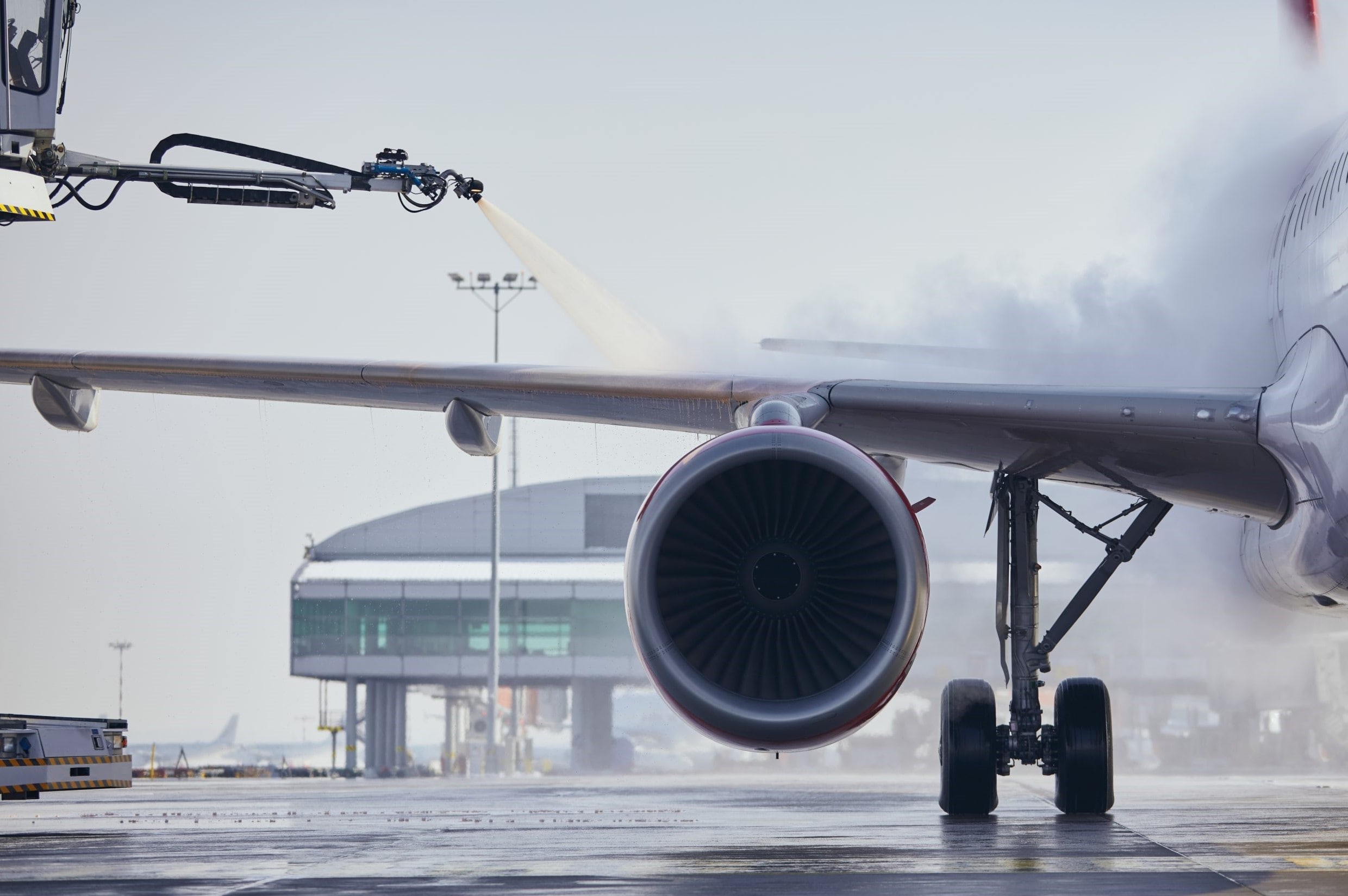
Why is aircraft de-icing so important? Imagine you're about to take off on a snowy day. Ever wondered what keeps planes safe in such weather? Aircraft de-icing is crucial because ice can mess with a plane's lift and control. Ice buildup on wings and other surfaces can lead to dangerous situations. De-icing ensures that planes can fly smoothly and safely, even in freezing conditions. This process involves removing ice and preventing more from forming. Without it, flights could face delays or cancellations, and safety would be compromised. Understanding aircraft de-icing helps appreciate the behind-the-scenes work that keeps air travel safe and reliable.
Key Takeaways:
- De-icing and anti-icing are crucial for safe winter flights. Glycol-based fluids and heated application methods help prevent ice buildup on aircraft surfaces.
- Innovations like infrared de-icing and electro-thermal systems are improving the de-icing process. Strict regulations and ongoing research aim to make de-icing safer and more sustainable.
Understanding Aircraft De-icing
Aircraft de-icing is crucial for safe flights during winter. Ice on planes can cause serious problems, so removing it is essential. Here are some interesting facts about this important process.
-
De-icing vs. Anti-icing
De-icing removes ice from aircraft surfaces, while anti-icing prevents ice from forming. Both methods are vital for safe air travel. -
Glycol-based Fluids
De-icing fluids are often glycol-based. These fluids lower the freezing point of water, helping to melt ice and prevent new ice from forming. -
Types of De-icing Fluids
There are four types of de-icing fluids: Type I, II, III, and IV. Each type has different properties and uses, with Type I being the most common for de-icing. -
Heated Fluids
De-icing fluids are usually heated before application. Warm fluids work faster and more effectively at melting ice.
The De-icing Process
The de-icing process involves several steps to ensure aircraft safety. Let's look at how it works.
-
Application Methods
De-icing fluids can be applied using trucks with special nozzles or fixed systems at airports. The method depends on the airport's facilities and the aircraft's needs. -
Timing is Critical
De-icing must be done just before takeoff. If done too early, ice can reform, making the process ineffective. -
Holdover Time
Holdover time is the period during which de-icing fluid remains effective. Pilots must take off within this time to ensure the aircraft stays ice-free.
Challenges and Innovations
De-icing is not without its challenges. Innovations continue to improve the process and make it more efficient.
-
Environmental Concerns
Glycol-based fluids can harm the environment. Airports must manage runoff to prevent pollution, often using special collection systems. -
Costly Process
De-icing is expensive. The fluids, equipment, and labor all add up, making it a significant cost for airlines. -
New Technologies
Innovations like infrared de-icing and electro-thermal systems are being developed. These technologies aim to make de-icing faster and more efficient.
Safety and Regulations
Safety is the top priority in aviation. De-icing regulations ensure that aircraft remain safe to fly.
-
Strict Regulations
Aviation authorities like the FAA and EASA have strict regulations for de-icing. These rules ensure that all aircraft are properly de-iced before takeoff. -
Training for Personnel
Ground crews receive extensive training in de-icing procedures. Proper training ensures that de-icing is done correctly and safely. -
Regular Inspections
Aircraft are regularly inspected for ice buildup. Inspections help identify any issues early, ensuring that de-icing is done when needed.
The Future of De-icing
The future of de-icing looks promising with ongoing research and development.
- Sustainable Solutions
Researchers are working on more sustainable de-icing solutions. These include biodegradable fluids and more efficient application methods to reduce environmental impact.
The Final Takeoff
Aircraft de-icing is crucial for safe flights. Without it, ice buildup can cause serious issues like reduced lift and increased drag. De-icing fluid, usually a mix of glycol and water, is sprayed on planes to remove ice. Pilots and ground crews work together to ensure planes are ice-free before takeoff. Different types of de-icing fluids exist, each with specific uses and properties. Regular training for staff is essential to keep up with best practices. Weather conditions play a big role in de-icing procedures, making it a dynamic and challenging task. Understanding these facts helps appreciate the complexity and importance of de-icing in aviation. Next time you fly, remember the hard work behind the scenes keeping you safe. Safe travels!
Frequently Asked Questions
Was this page helpful?
Our commitment to delivering trustworthy and engaging content is at the heart of what we do. Each fact on our site is contributed by real users like you, bringing a wealth of diverse insights and information. To ensure the highest standards of accuracy and reliability, our dedicated editors meticulously review each submission. This process guarantees that the facts we share are not only fascinating but also credible. Trust in our commitment to quality and authenticity as you explore and learn with us.


